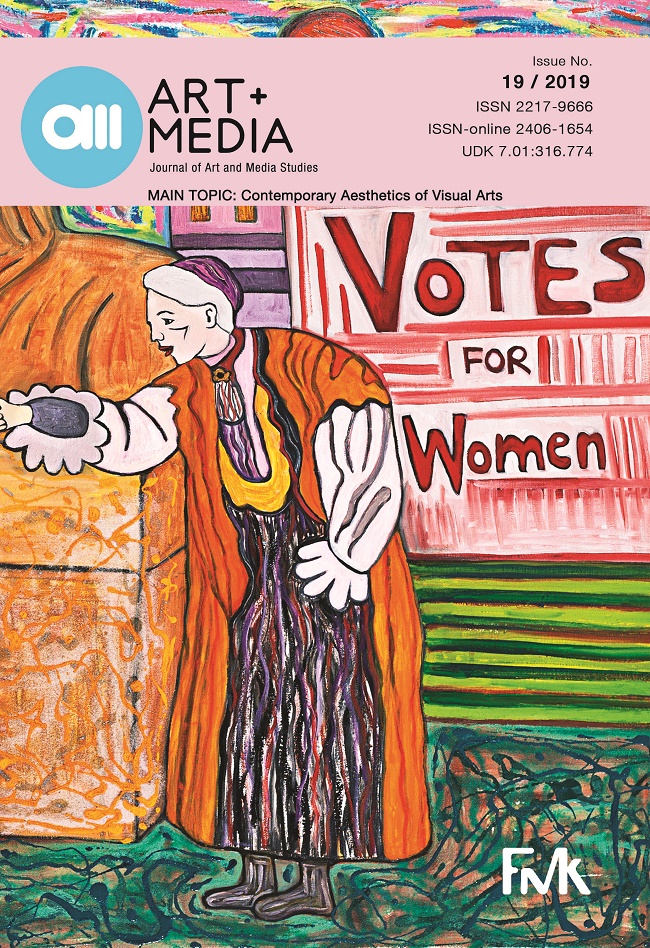How to Produce Novelty? Creating, Borrowing, Modifying, Repeating And Forgetting: The Process of Contemporary Fashion Aesthetics
How to Produce Novelty? Creating, Borrowing, Modifying, Repeating And Forgetting: The Process of Contemporary Fashion Aesthetics
Author(s): Ruhan LiaoSubject(s): Visual Arts, Aesthetics, Sociology of Art
Published by: Fakultet za medije i komunikacije - Univerzitet Singidunum
Keywords: aesthetics; change; fashion; novelty; subjective experience
Summary/Abstract: The aesthetics of fashion can be regarded as the aesthetics of novelty since constant changes make novelty the core of fashion. Based on Colin Campbell’s theory, novelty is a judgment about our subjective experiences, indicating something we never experienced before. In the early stage of the fashion system, designers led fashion trends by creating brand-new items or borrowing foreign elements. Then, as the pace of fashion circulation increased, designers started to produce novelty by modifying details, or by repeating what was in fashion long before. Hence, fashion became cyclical. And the cycle duration would become shorter and shorter as the repetition sped up. At this stage, novelty is not based on whether the item is brand-new, but whether we still remember it. In the future, maybe the repeating of the old cannot maintain the feeling of novelty any more since the pace of fashion change is too quick to give enough time for the new to become old and forgotten. At that time, the novelty will not be based on whether we still remember it, but whether we want to forget it. Therefore, with the acceleration of fashion change, the method of how fashion produces novelty has gone through a logical sequence as follows: creating something brand-new, borrowing foreign elements, modifying details, repeating the forgotten old, and forgetting what is still new. Novelty has gone through a process from ‘externally determined’ to ‘internally determined’, moving to the direction of ‘self-deception determined’.
Journal: AM Časopis za studije umetnosti i medija
- Issue Year: 2019
- Issue No: 19
- Page Range: 101-107
- Page Count: 7
- Language: English

